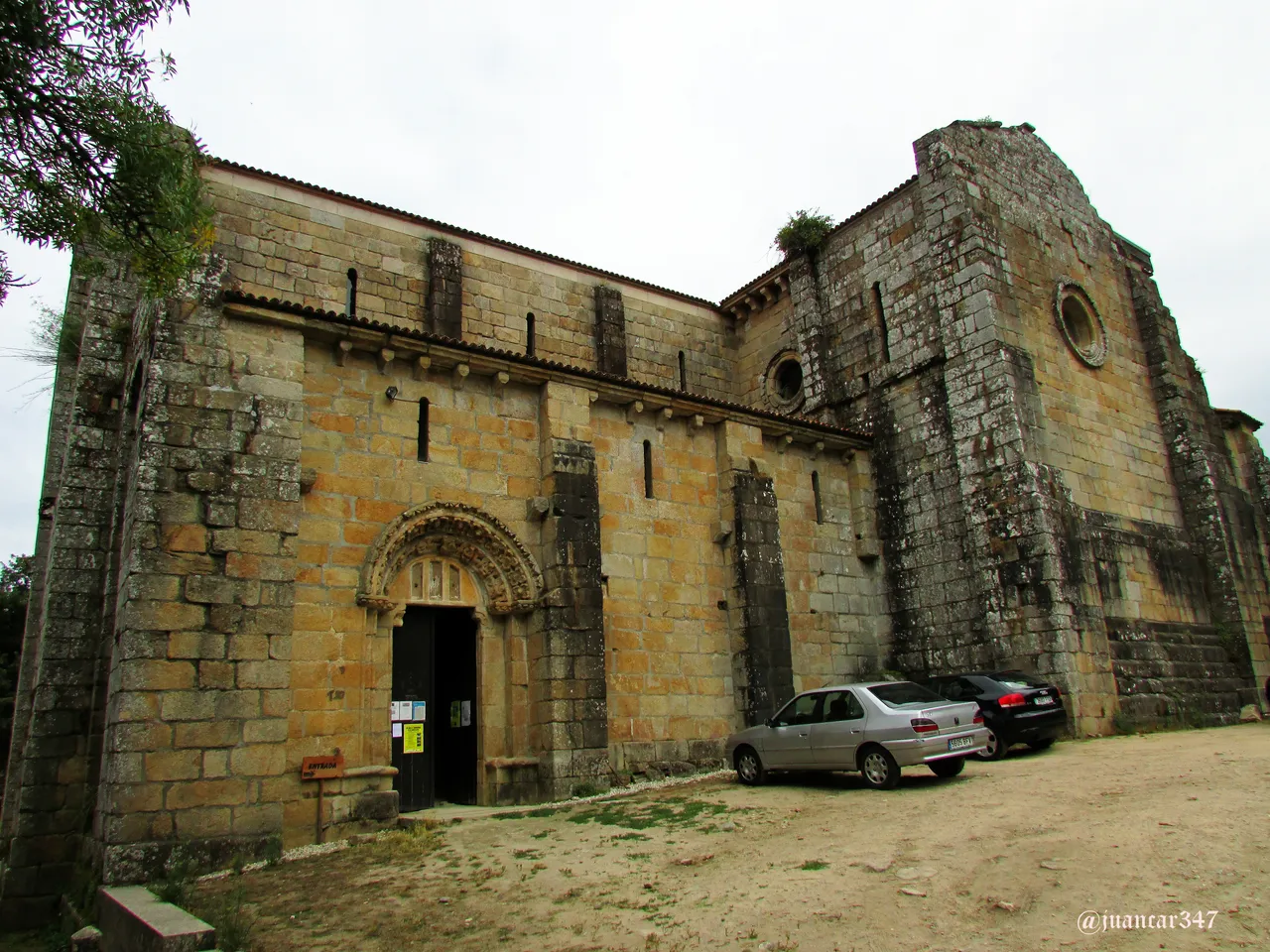
There were authors, such as Chamoso Lamas, who claimed, back in the nineties of the last century, that if it were not in ruins, it could appear next to the most splendid specimens of Galician Romanesque: the monastery of San Lorenzo de Carboeiro.
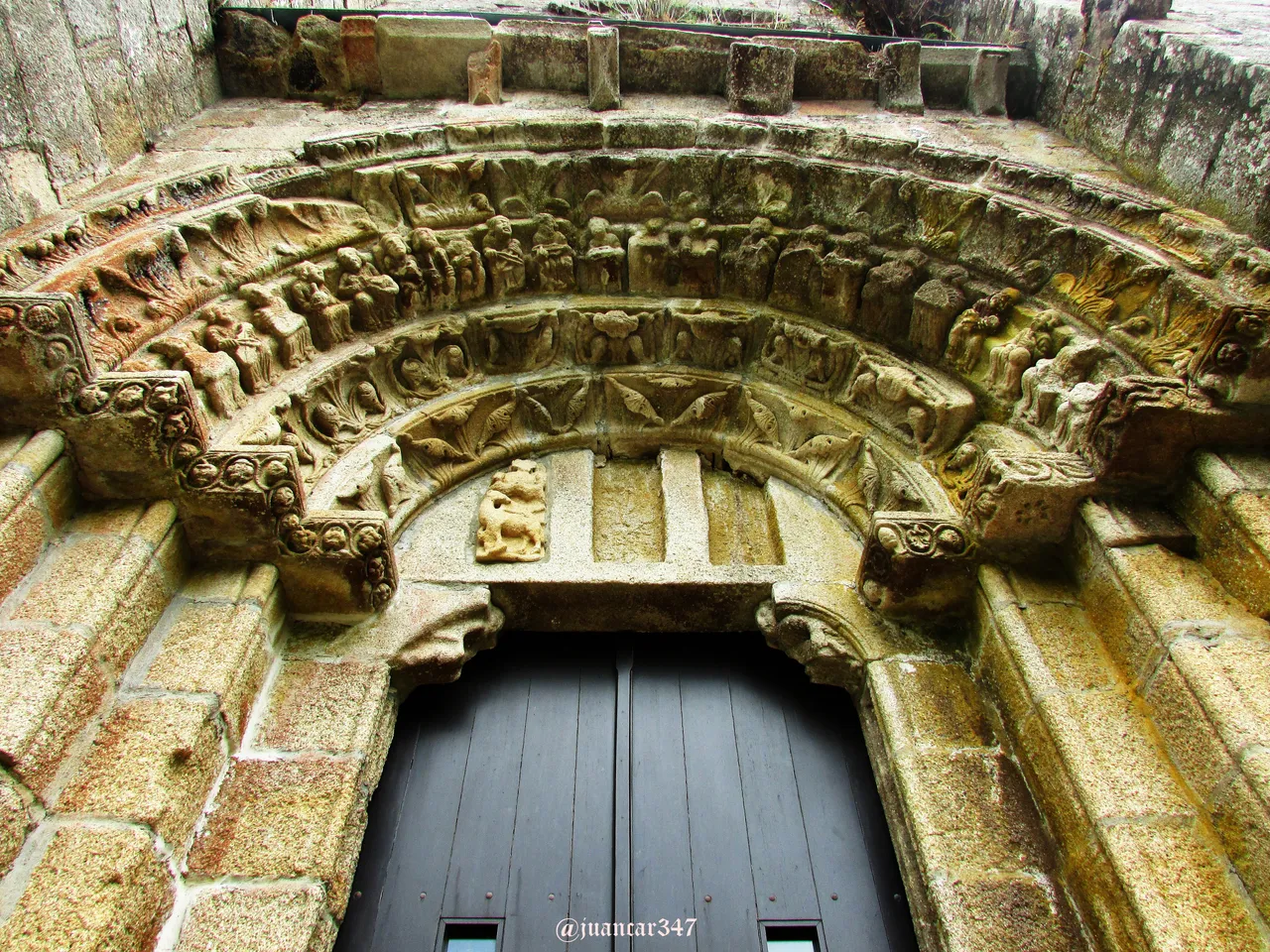
Even partially rehabilitated today - leaving aside the rivalry between Caesar and God, for the tithes that correspond to each one, it is difficult not to approach these immeasurable and shady solitudes that bathes the river Deza and not feel hopelessly trapped by the magnificence of a natural framework that houses a historical-artistic ensemble, which must have been, in its moments of greatest glory and splendor, one of the most impressive ensembles, not only of the Galician Romanesque -a Chamoso Lamas, for affirming such a thing , there will be, then, that to excuse its microcosmic humility-, but of all the peninsular territory.
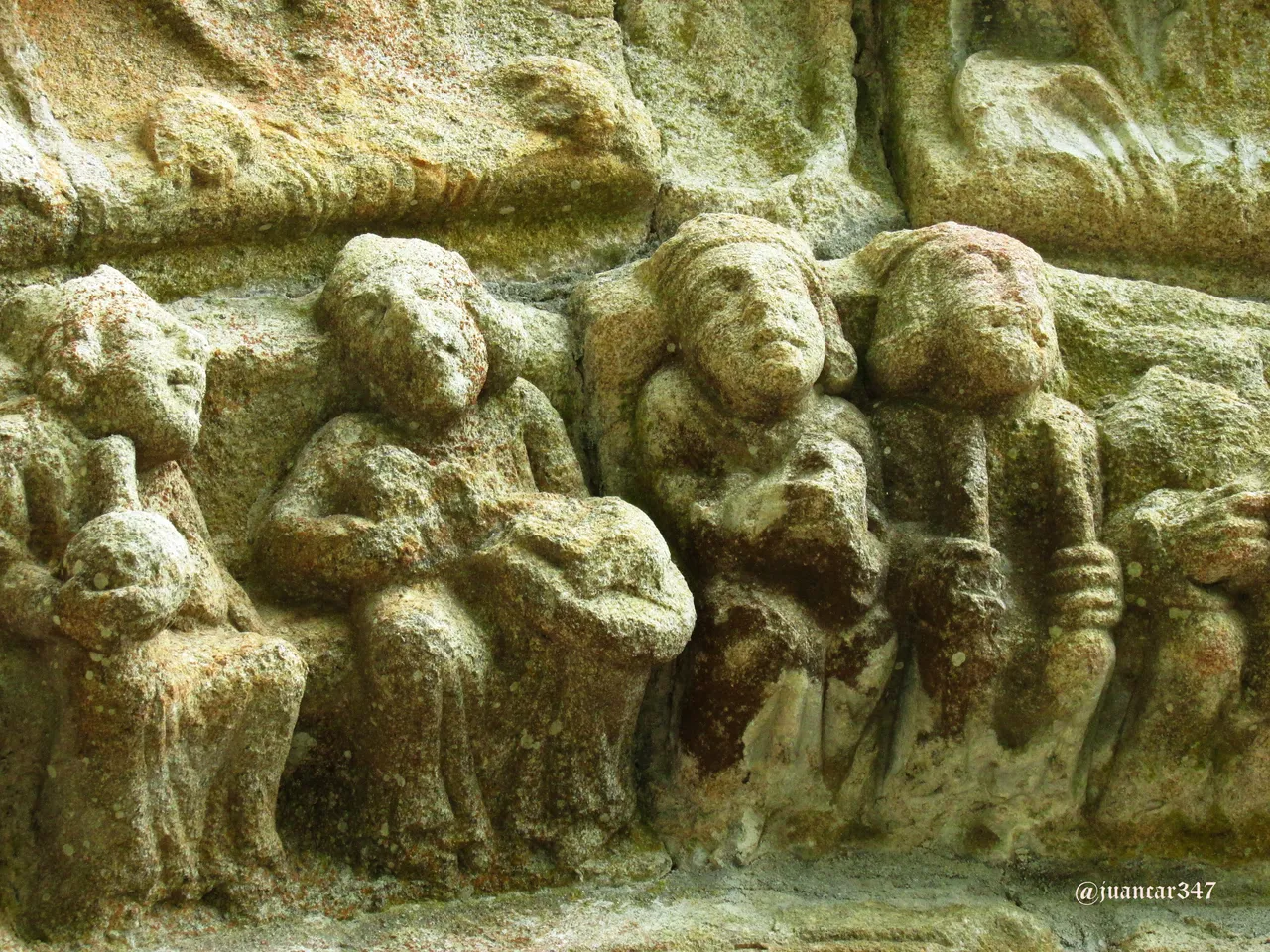
Of Benedictine roots, its genesis brings us closer to that early and nebulous X century, barely overcome the terrible raids of Almanzor and facing, at the same time, the no less incendiary incursions of Normans and Vikings, of whose memory remain, as a romantic vestige and even Romanesque, the Torres de Oeste located in the municipality of Catoira, a short distance from the border with the province of A Coruña.
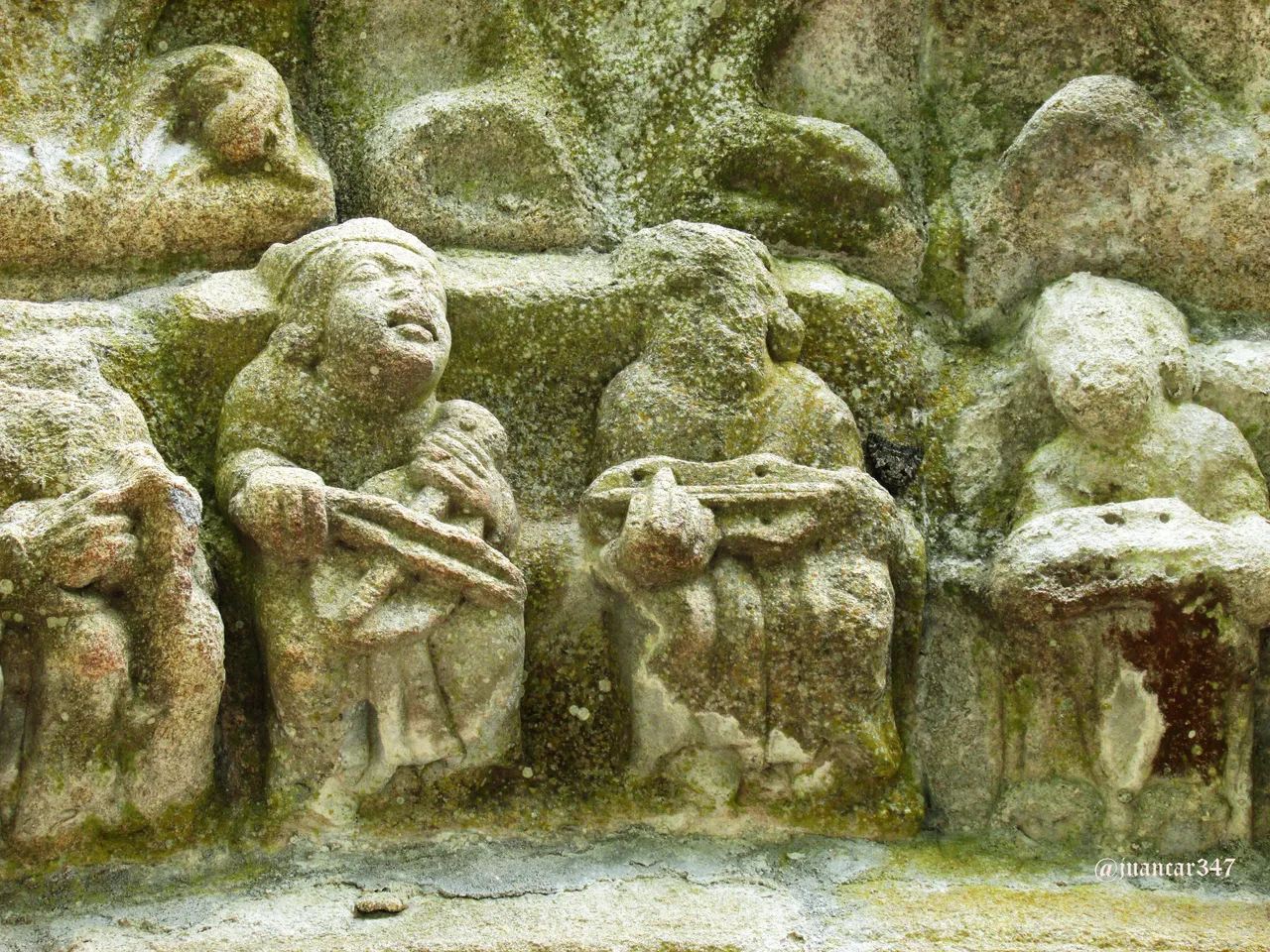
Marcel Marnat spoke, referring to Art in general, the nudity of the eternal. Applied this appreciation, to this invaluable jewel, still naked and partially recomposed the monastery of San Lorenzo, enjoys not only the nakedness of the eternal, but also that other singular magnitude or quintessence, metaphorically speaking, that is perceived in everything that conjugates, to proportional parts, the mystery with the solitude. It is true that we know that its foundation, as usually happened with this type of establishment, was due to a noble patronage, promoted by some counts, Gonzalo and Teresa, owners of the same patronymic as the river mentioned above: Deza.
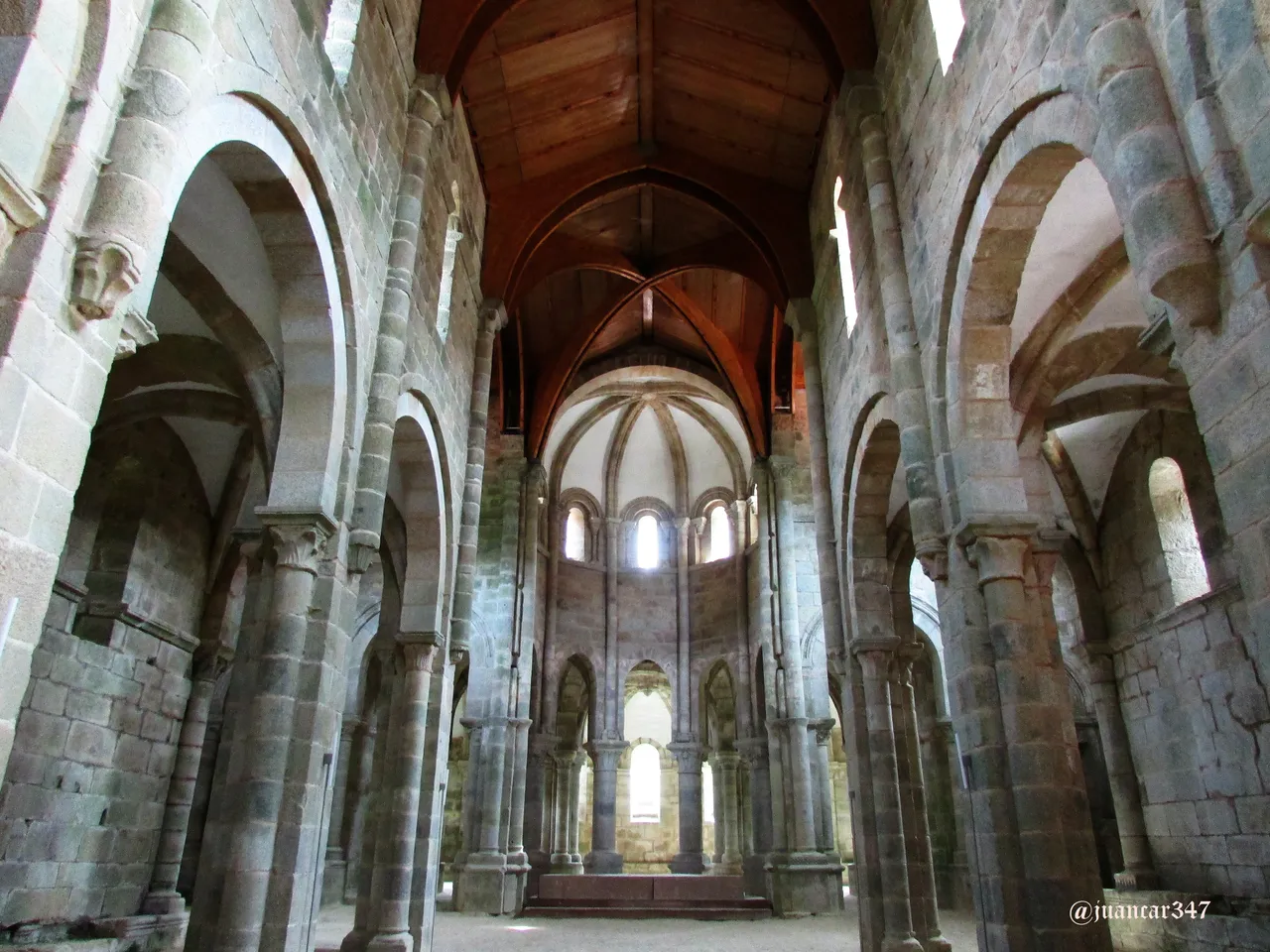
And we know, too, that the Countess Deza, Teresa, was the aunt of one of those legendary anchorites who emigrated to other countries when the Berber thebaic paradise began to become a world within another world, founders of monasteries and recipients of miracles in smell of holiness: San Rosendo.
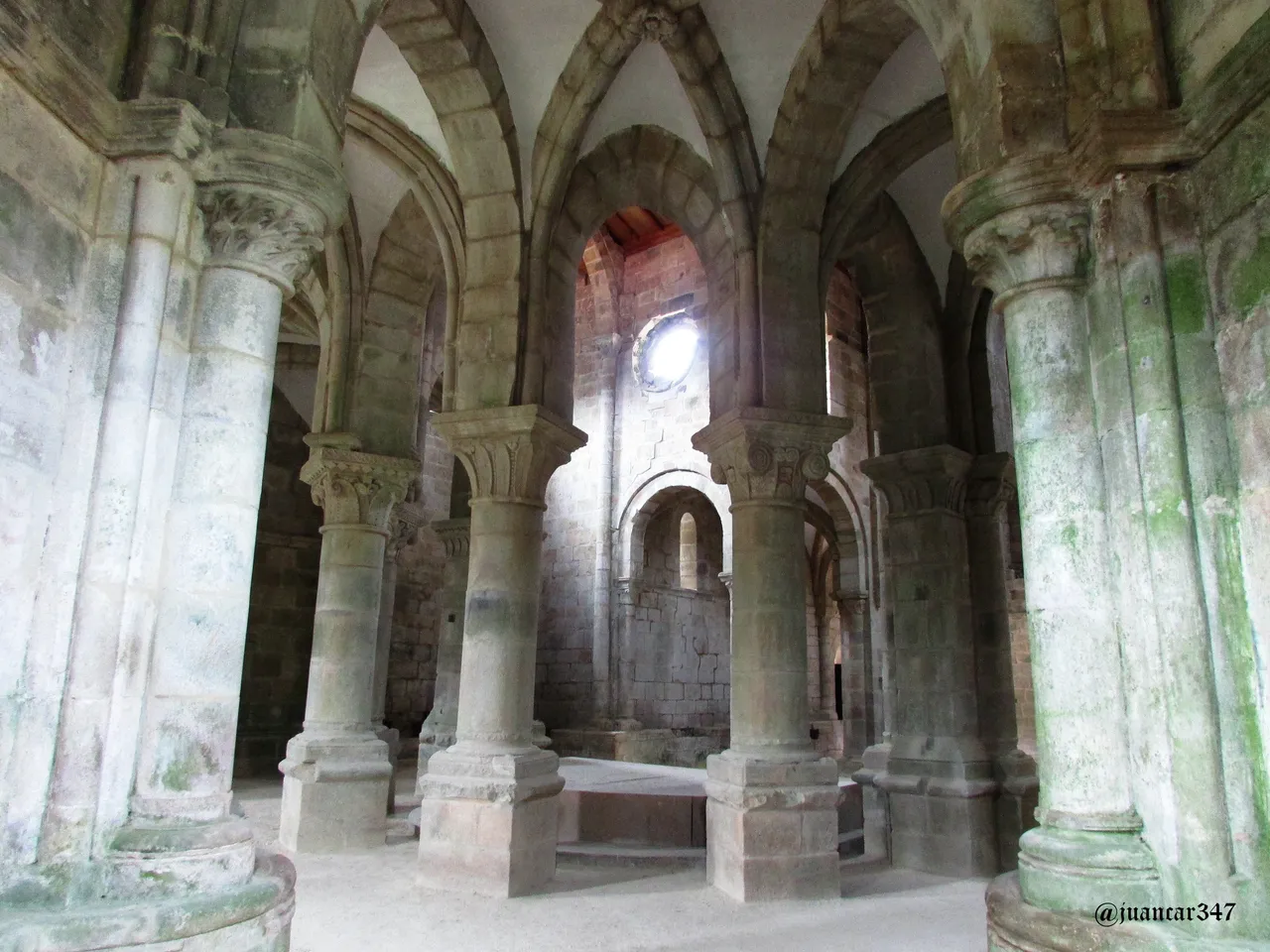
Likewise, we know that between the singularity of its construction -and this is a detail that makes it little more than unique in its genre-, and taking advantage of the superb unevenness in which it rises -simply, contemplating from the ground the height of the apse Main, feels vertigo-it became necessary to build a crypt -visitable, as can be seen in the video accompanying the present entry, which, really superb, also, anticipates a really impressive header, as we saw in other monasteries such as Santa María de Melón, reproduces this special model of construction, whose spectacular ambulatory could be said to follow the patterns of the Sepulchrum Domini Hierosolimitano, an architectural resource that, sometimes with success and others not so much, usually confronts researchers when considering it as a model of architecture used with some generality, by a no less interesting and charismatic religious-military den: that of the Poor Knights of Christ and the Temple of Solomon.
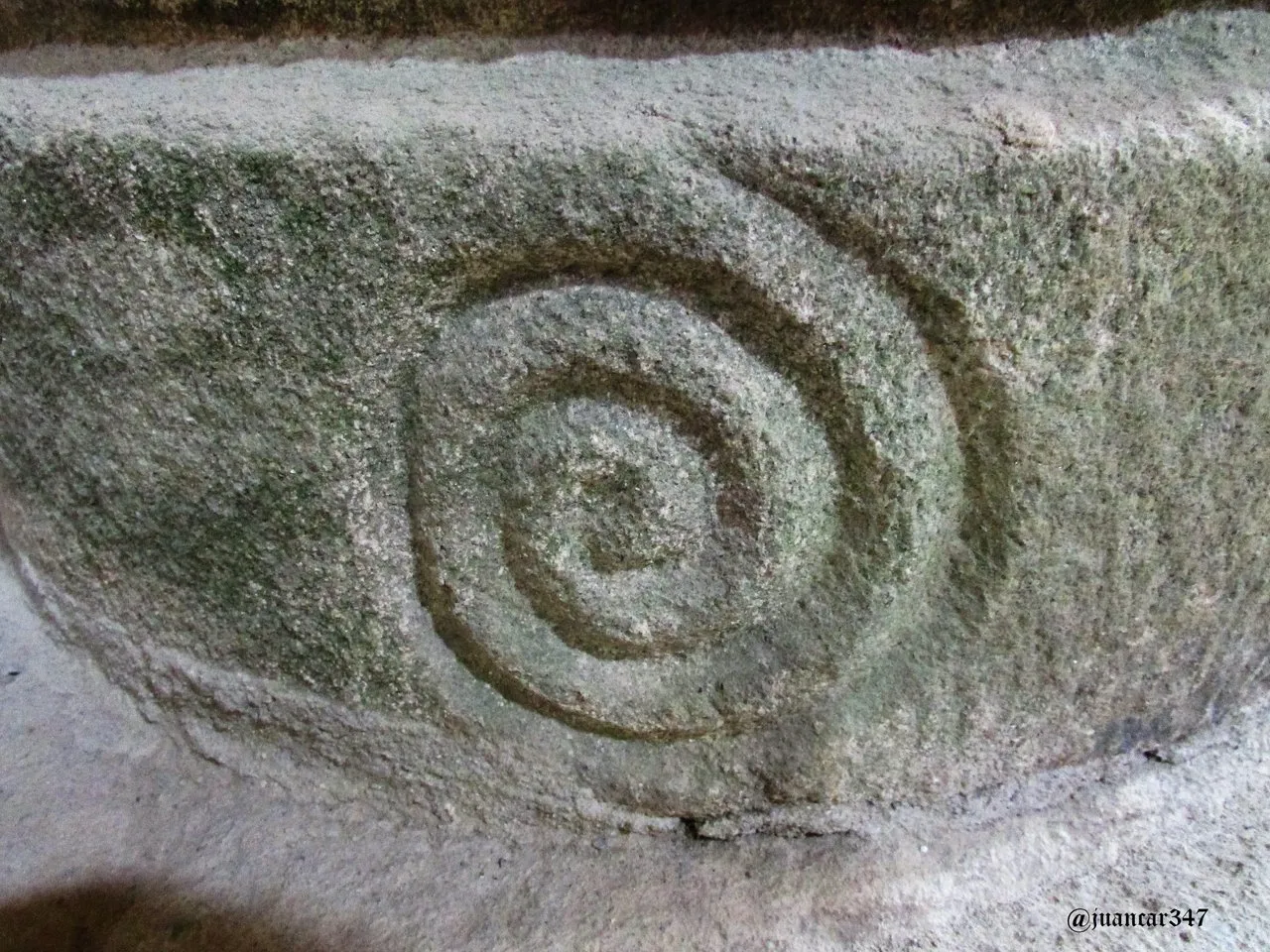
That is, the Knights Templar. This is not, of course, a matter to be debated here, but it could be, to review, at least, the curious advocation of the monastery: of San Lorenzo, a character directly related to one of the greatest and most popular myths of the Middle Ages, as is the Holy Grail. Reviewable, in addition, are certain details left as a memory by the stonemasons.

Between them, it is possible to emphasize, the presence of an ancestral symbolism, enough more than interesting, where the presence of ancient archetypes is detected, like the labyrinth, the triple celtic enclosure, the denominated flower of the life - the reading of the interesting one is recommended and full CG work Jung and Richard Wilhem-, or the eight-pointed star, also called in some circles -Fulcanelli, for example, he mentions it- as a star of the philosophers or star of the Magi, whose presence, worth the redundancy, can be seen in many Romanesque tympanums, accompanying, generally, the scene of the Adoration, subject this, that usually is particularly abundant in the Romanesque of the neighboring province of A Coruña.
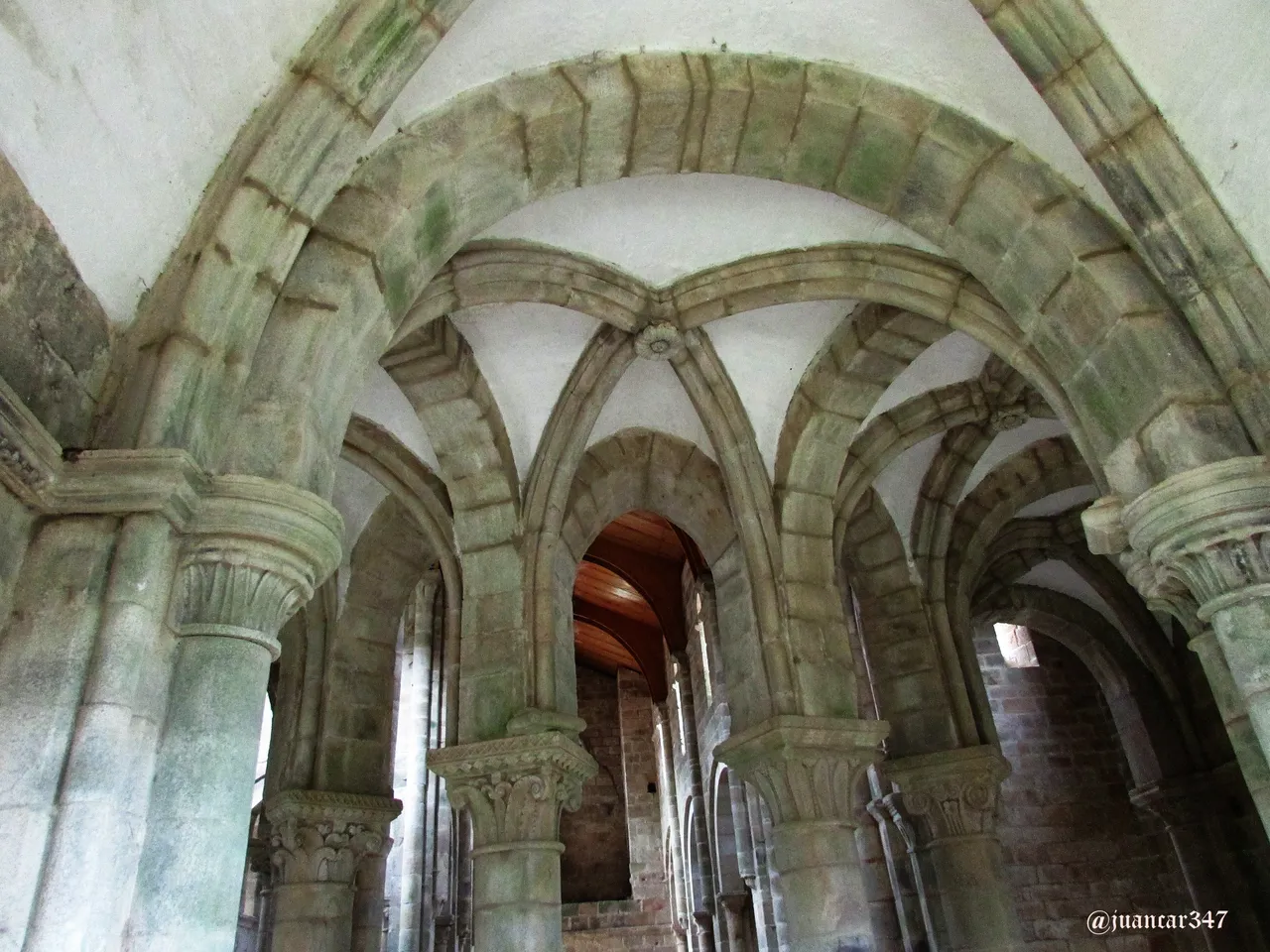
Partially conserved, the imagery developed on the two main portals, located to the south and to the west, respectively, reveal, in their style, what experts consider to be the influence of Compostela. On the west side, another of the most popular elements of this Compostelan style - or mate, by Master Mateo - is exhibited, as it is, occupying the upper archivolts, the figuration of the 24 Elders of the Apocalypse, with the exception or particularity - the stonemason's mistake? - that in this portico of Carboeiro, the figures add only 23.
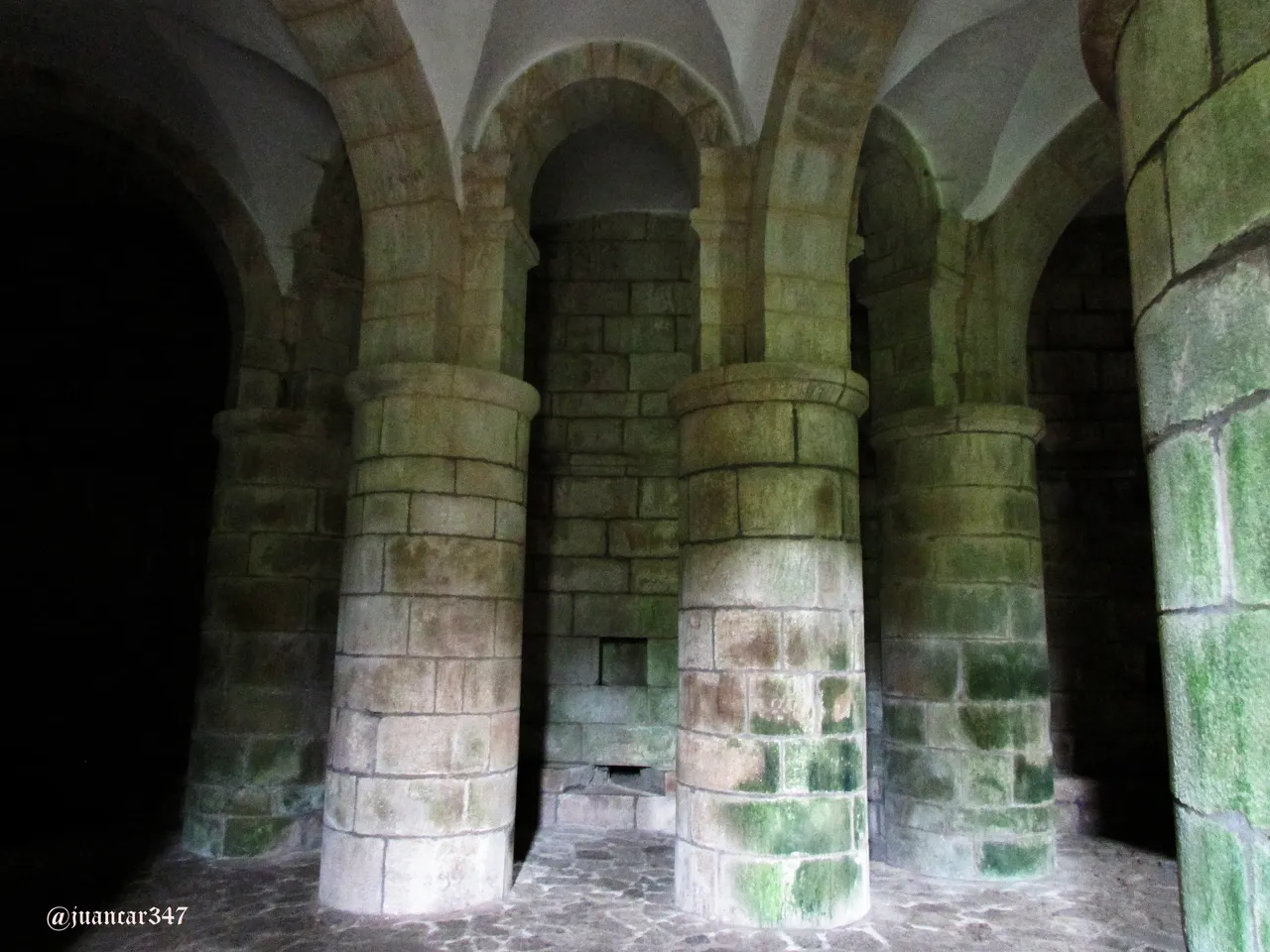
Both on one and on another cover, the tympanum is mutilated, and in its design, they seem to follow similar patterns to other eardrums located both inside and outside the Galician territory, being, perhaps, a relevant example, the so-called Porta Speciosa of the Navarrese monastery of Leire On this cover, the presence of a very peculiar symbol survives: the Agnus Deis. On the other hand, the upper archivolts of the south portal, show, as a main motif, angels and foliaceous allusions in the form of a cross.
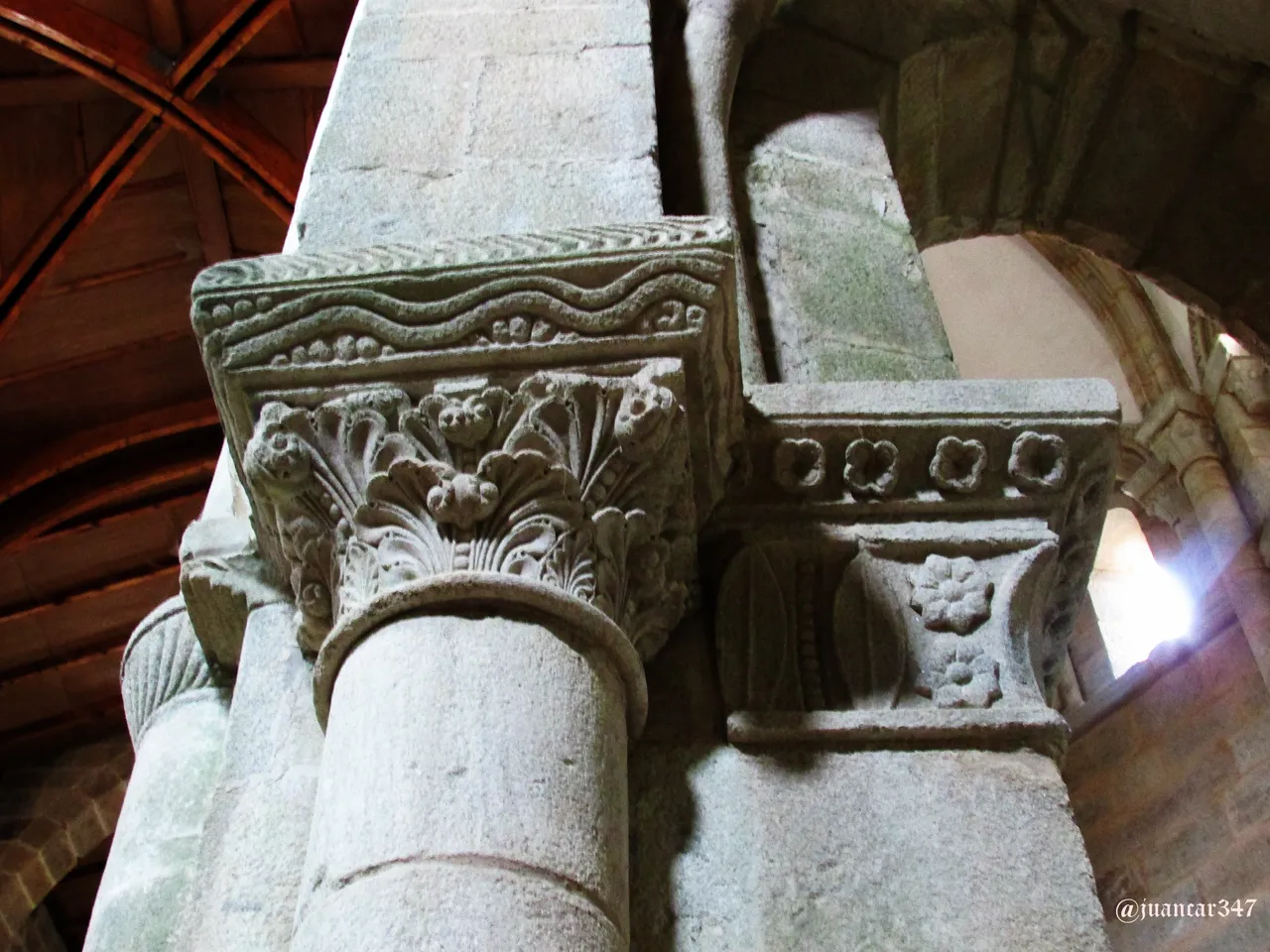
Similarly, the motifs of the great capitals of the interior, although a priori may offer an austere aspect, are interesting and hide certain details of relevant interest. There are remains of paint in the central apse, which show, likewise, foliaceous and geometric motifs. Among the latter, the black and white checkers stand out, very similar to those that can still be observed, however, pitifully preserved, in the Cistercian monastery of Santa María de Valdedios, in the old Asturian region of Maliayo, Villaviciosa.
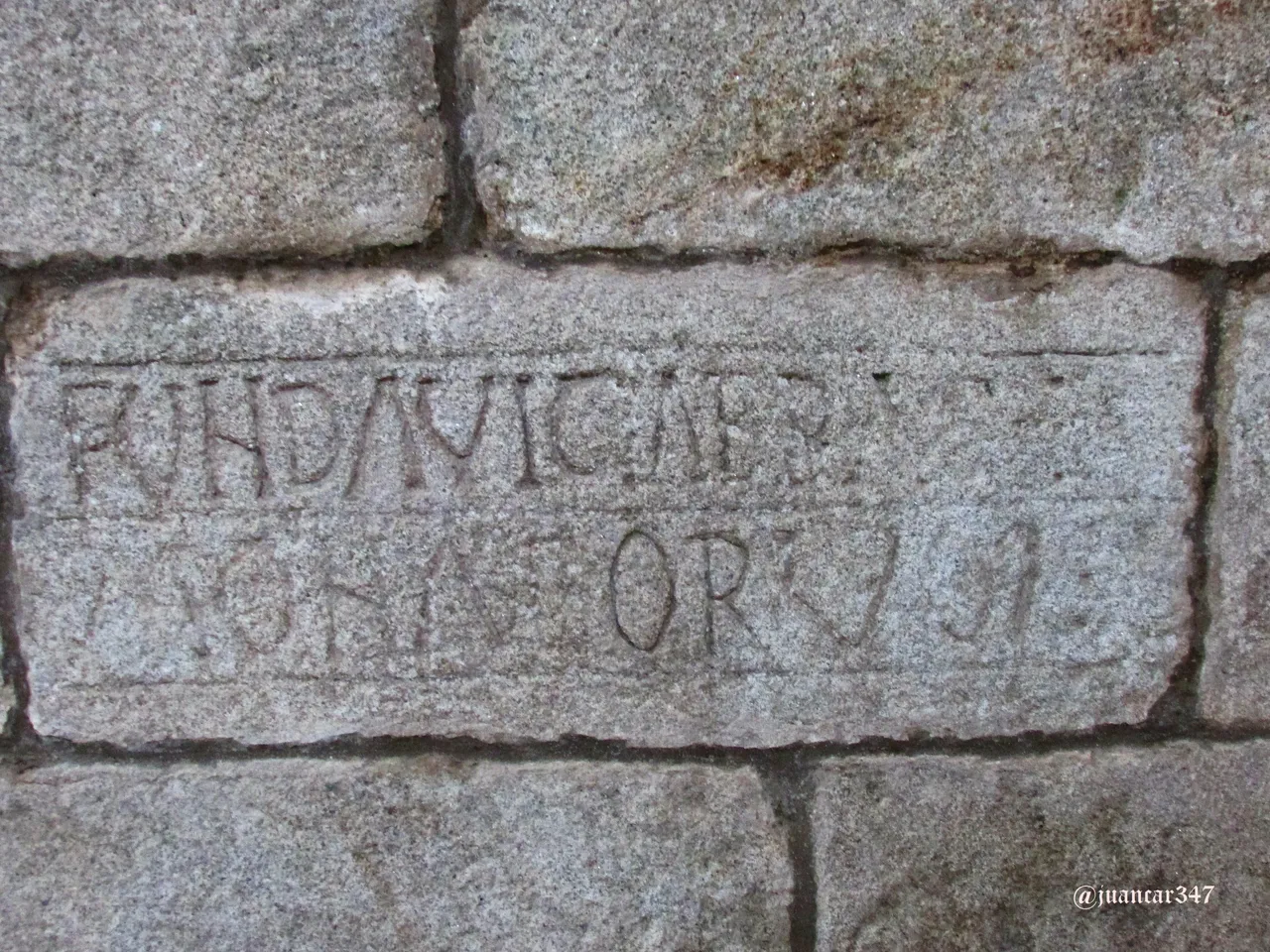
Abundant are also the marks of stonework, as well as the inscriptions related to its founding and consecration, located both inside and outside the outer apse.
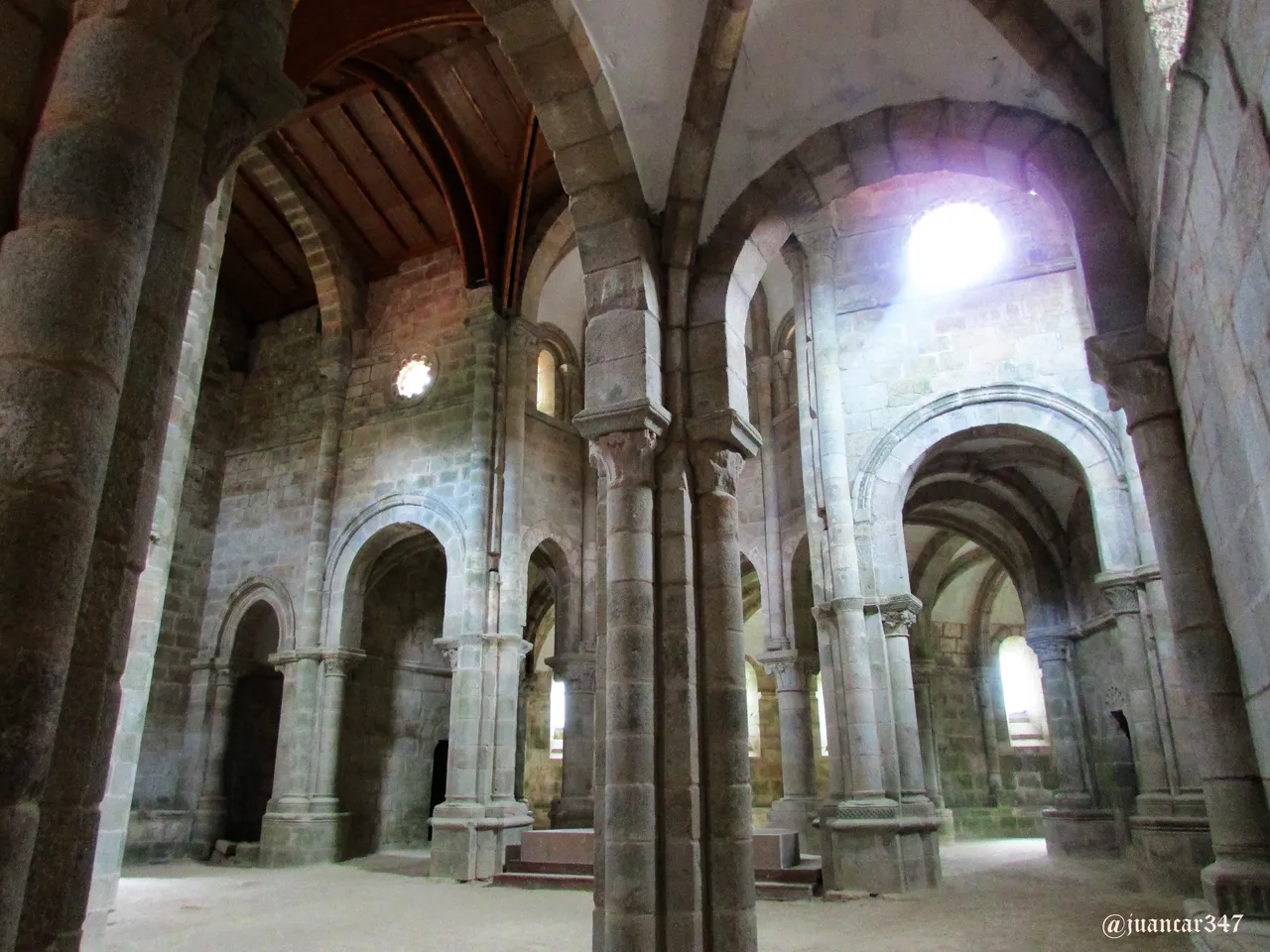
In short, a place that is worth discovering, and that still, after centuries and the enormous aggressions suffered throughout its history, still has many secrets to tell, among them, perhaps, the presence among the stonemasons of that anonymous and peculiar teacher -of whose presence, gives testimony the church of Santiago de Taboada, also located in this council of Silleda- which is characterized by the realization of lobed eardrums in whose center a character, which is not always identified with Samson, seems to ride more than desquijar a lion, reason this one replaced in Carboeiro, in the door of access to the tower, by an Asturian cross of Victory, and in whose vain two faces of terrifying and threatening aspect seem to suggest the old fear that one had towards the North, place where the Enemy was supposed to have chosen his dwelling -think, Satan, Lucifer, the Antichrist ...- and from where all the evils that hit the Humanity.
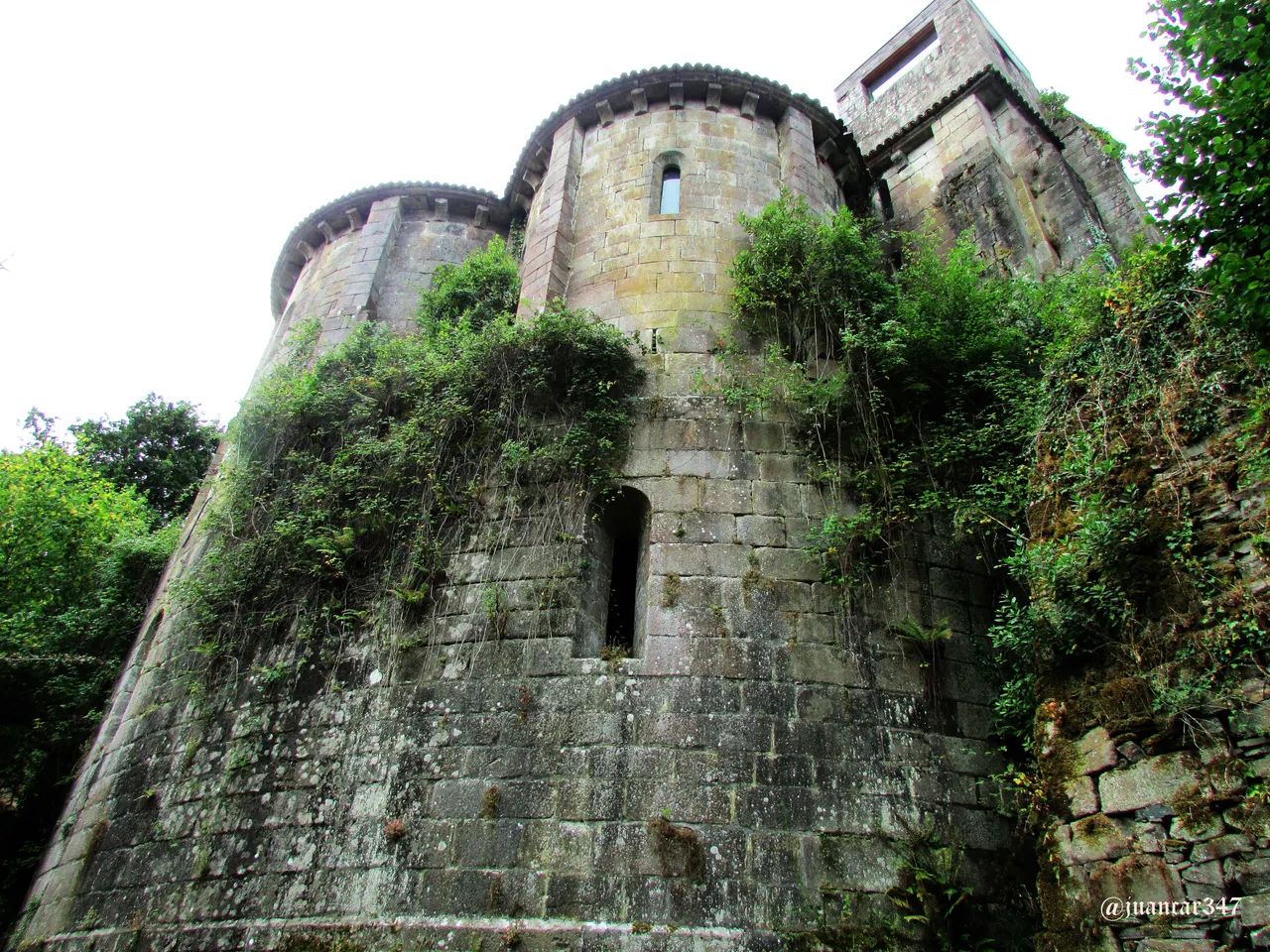
Related movie:
NOTICE: originally published in my blog ROMÁNICA, ENIGMAS DEL ROMÁNICO ESPAÑOL. Both the text, as the photographs, and the video (except music, reproduced under a YouTube license), are my exclusive intellectual property. The original entry, where you can check the authorship of juancar347, can be found at the following address: https://juancar347-romanica.blogspot.com/2016/02/el-monasterio-de-san-lorenzo-de.html
If you liked what you have seen and read, I invite you to visit the world of: @ juancar347
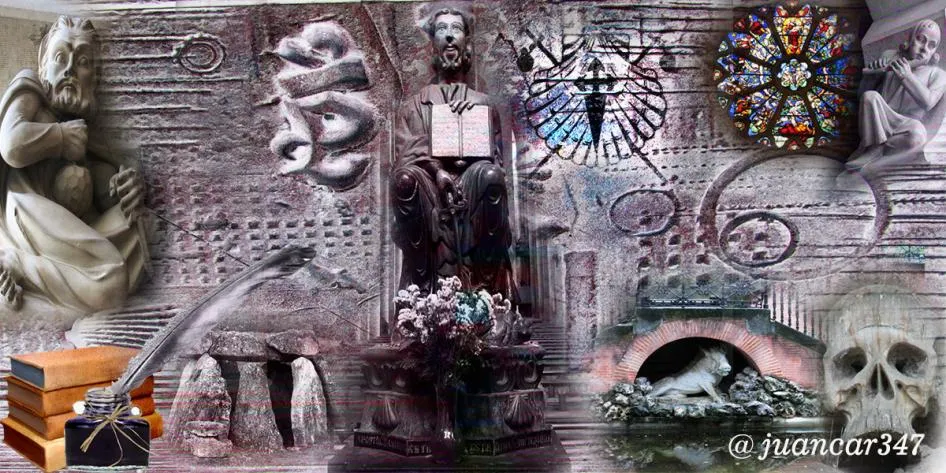
designed by: @txatxy


